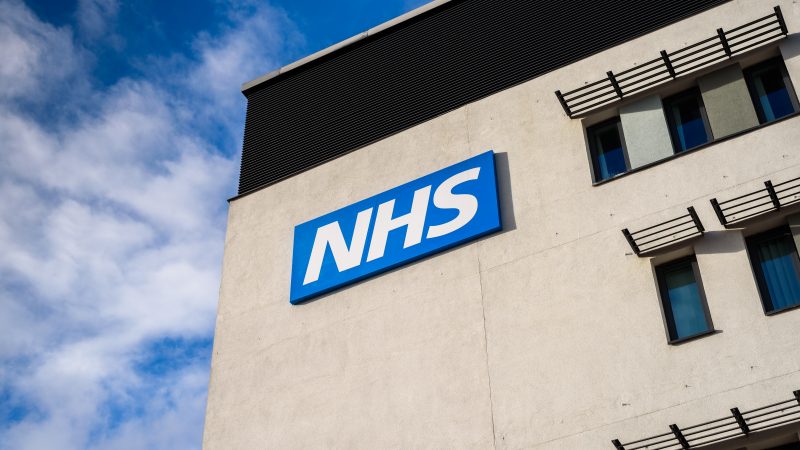
Labour’s plan for progress in the NHS includes many laudable aims that the Royal College of GPs can get on board with: tackling health inequalities to improve healthy life expectancy, cutting waiting lists with clever use of technology and for more care to be delivered in communities, closer to where patients live.
But realising these aims and fulfilling Sir Keir Starmer’s pledge to ‘bring back the family doctor’, will depend on recruiting thousands more GPs and other health professionals – and retaining the fully qualified, experienced ones we have. This will not be achieved by abandoning the GP business partnership model currently used in the NHS but by addressing the unsustainable workload pressures driving so many GPs away. In fact, moving to a salaried GP model will require far more GPs than a partnership model.
The GP partnership model has numerous advantages
Labour wants a general practice model that responds to differing patient needs, but this already exists. Working as partners in a practice that is contracted to the NHS, GPs are already able to innovate and tailor their services to their local populations. They lead multi-disciplinary teams of salaried GPs, nursing staff, mental health professionals, pharmacists, physiotherapists and link workers to deliver a service that is responsive to individual patients’ needs.
The GP partnership model is also extremely good value for money for the NHS because it relies on the goodwill of GP partners going above and beyond the call of duty, and despite Sir Keir’s assertion that it is at the “end of its life” in some areas, a recent independent review found it to be viable if resourced appropriately.
In my experience, the partnership model allows GPs to go further as a team and facilitate the person-centred care we are expertly trained deliver. In my practice in Mountain Ash, Wales, it has allowed us to structure the way our practice works to the benefit of our patients and staff and allows us to think and implement new ways of working with patients – for example, social prescribing initiatives that help our patients struggling with long-term physical and mental health problems.
When I was a GP partner in Cardiff, the same model allowed me to work with other GP partnerships to design pathways for patients at greater risk of type 2 diabetes, particularly those from an ethnic minority.
I’ve heard of other great examples of GP practices in deprived communities hosting community hubs, meaning that patients can come to one location for support for their wider social needs. And in areas with large elderly populations, GPs are targeting resources at schemes that tackle loneliness and also reduce the risk of falls through tailored exercise classes.
We’re open to change – but wholesale rejection is not the answer
The College is not averse to other models of general practice working alongside the partnership model if it is beneficial for local patients. In some areas, such as Wolverhampton, the hospital trust has taken on the NHS contract of providing GP services for a number of practices, using salaried GPs, which facilitates closer working between GP practices and the hospital to identify which patients are at the greatest risk of admission. This won’t work everywhere – but the point is, there is no one-size-fits-all model of general practice.
We’re also not opposed to exploring possible ways that the partnership model could be improved to reduce bureaucratic and financial responsibilities for partners, to reduce the number of senior partners retiring earlier than planned.
But abandoning the GP partnership model all together is not the answer. Ultimately, it is not the model of general practice that needs an overhaul; it is how we plan for the future GP workforce and how we reduce the workload for GPs who are currently struggling as demand far exceeds capacity. Labour’s plans to double medical school places will make a big long-term impact, but their strategy for NHS reform must focus as much on retaining GPs as recruiting new ones if patients are going to see an improvement in accessing our care in the short and medium terms.
Staff retention and investment in infrastructure must be priorities
GPs and our teams are delivering millions more appointments compared to before the pandemic, with almost half on the same day they are booked – but with 852 fewer GPs compared to 2019. This is due to the long-term trend of fully qualified GPs retiring earlier than planned, often citing burnout. This isn’t sustainable, and College surveys show that matters are only likely to get worse, with up to 22,000 fully qualified GPs considering quitting in the next five years.
It will take at least a decade for the thousands of additional medical students that Labour has promised to qualify as GPs (and that’s dependent on them choosing GP specialty training). So we need to see how the party intends to reinvigorate retention schemes, to provide targeted support for the fully qualified GPs most at risk of leaving at all stages of their careers.
We also need to see more investment in primary care infrastructure so that GPs and their teams have the physical space and digital tools to deliver care, not just now, but for the future.
Above all, GPs need to be trusted to do their job. The partnership model has always allowed us to develop, adapt and tailor the care we provide to local patient needs – and when properly resourced – it works.




More from LabourList
Burnham’s popularity with members drops, but still over 50% approve – poll
‘Labour’s blind spot on rents is becoming a political liability’
Starmer: ‘My experience now as Prime Minister is of frustration’